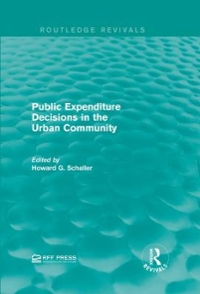Question
1.Suppose the aggregate production technology is Y = 3L:7K:3 and that L = 150. Both the labor force and productivity are constant. Assume that the
1.Suppose the aggregate production technology is Y = 3L:7K:3 and that L = 150. Both the labor force and productivity are constant. Assume that the depreciation rate is 10% and that 20% of output is saved and invested each year. What is the steady-state level of output?
2.Assume that the Solow model accurately describes the growth experience of Kuwait. As a result of the Gulf war, much of the capital in Kuwait (oil extracting equipment, vehicles, structures etc.) was destroyed. Answer the following questions, and provide brief explanations.
1.What will be the effect of this event on per capita income in Kuwait in the next five years?
2.What will be the effect of this event on per capita income in Kuwait in the long run? 3.What will be the effect of this event on the annual growth rate of per capita income in Kuwait in the next five years?
4.What will be the effect of this event on the growth rate of per capita income in Kuwait in the long run?
5.Will recovery in Kuwait occur faster if investment by foreigners is permitted, or if it is prohibited?
6.Would Kuwaiti workers gain or lose by a prohibition of foreign investment?
7.Would Kuwaiti capitalists gain or lose?
3.Compute the productivity parameter At for each year in your sample. For your computations, assume that 1 = :4. This is approximately equal to the capital share in the United States, and we assume that all countries use the same production function. In fact, in most countries measures for 1 are close to .
4.By using log-differences, compute the growth rate of GDP, productivity, and capital per worker for each year in your sample. Also compute the average growth rate for these three variable
5.What percentage of average growth per worker is explained by growth in capital, and what percentage by productivity growth?
1.For the period from 1965 to 1992, the average growth rate of output per worker was 2.7% in the United States, and productivity growth averaged 2.3%. How do these numbers compare to your country?
2.Does the neoclassical growth model offer an explanation of the performance of your country relative to the United States? If not, how do you explain the difference
6.For each of the following questions provide a brief answer.
1. (True, False or Uncertain) All things being equal, there is more total savings under a funded than under an unfunded pension system.
2. For the U.S., at the moment, is n>r?
3. Name three items in the Federal budget that account for more than 20% of all government expenditures (each)r.
Step by Step Solution
There are 3 Steps involved in it
Step: 1

Get Instant Access to Expert-Tailored Solutions
See step-by-step solutions with expert insights and AI powered tools for academic success
Step: 2

Step: 3

Ace Your Homework with AI
Get the answers you need in no time with our AI-driven, step-by-step assistance
Get Started


